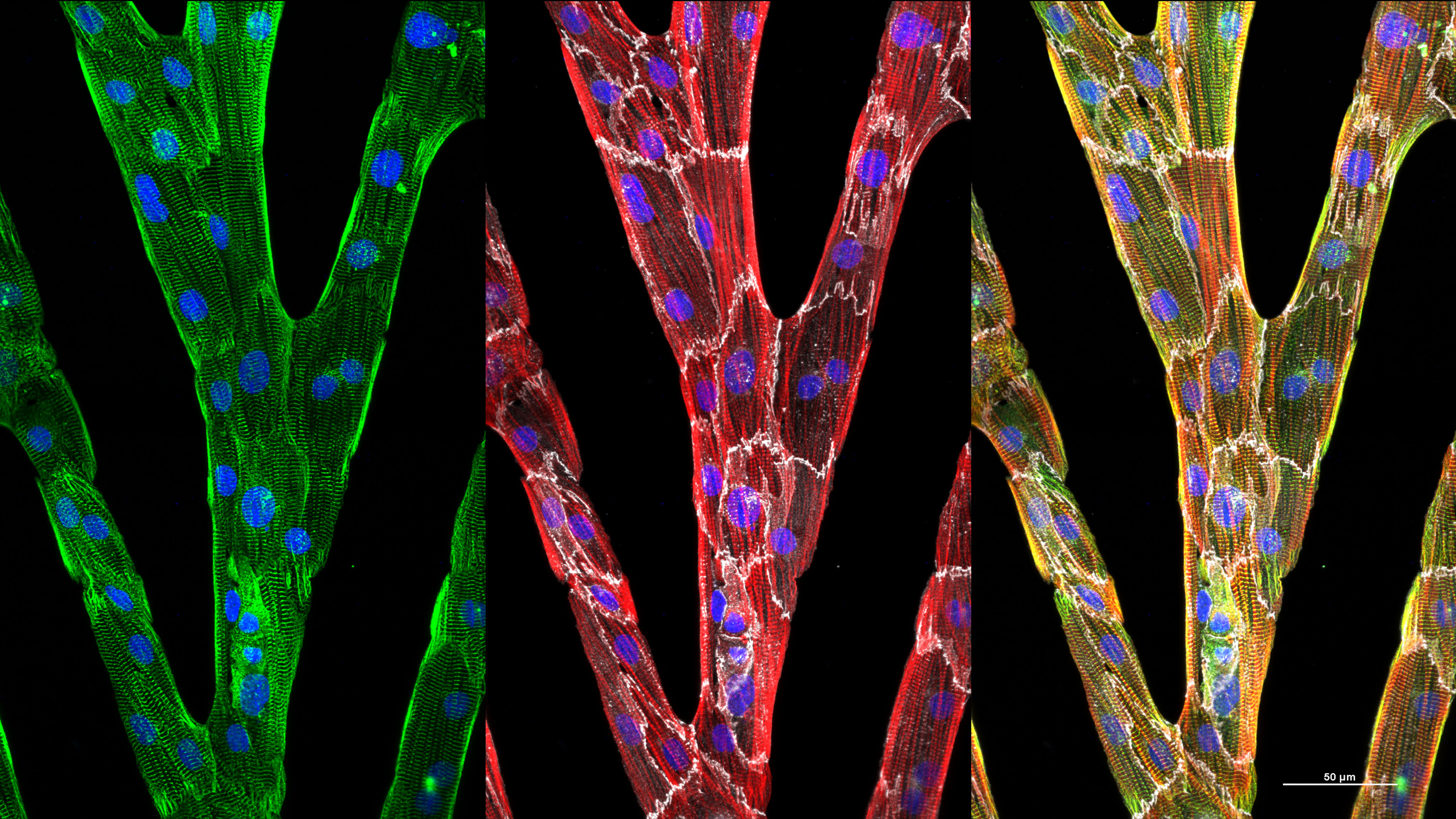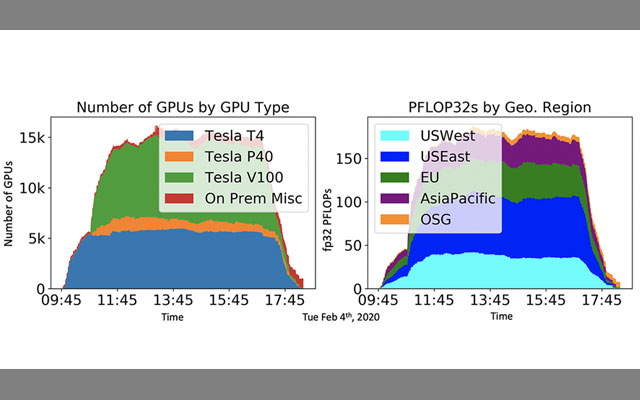In Applied Physics Letters, researchers highlight the latest nanostructured components integrated on image sensor chips that are most likely to make the biggest impact in multimodal imaging and detailed a promising approach to detect multiple-band spectra by fabricating an on-chip spectrometer. The developments could enable autonomous vehicles to see around corners instead of just a straight line, biomedical imaging to detect abnormalities at different tissue depths, and telescopes to see through interstellar dust.
Tag: University of Wisconsin-Madison
Rutgers Astronomer Receives Packard Fellowship for Innovative Young Scientists
New Brunswick, N.J. (Oct. 15, 2020) – Blakesley Burkhart’s childhood days spent volunteering at a science museum and watching the Discovery Channel and sci-fi shows sparked her love of science and fascination with the stars. “These were the beginning years…

Image Analysis Technique Provides Better Understanding of Heart Cell Defects
Many patients with heart disease face limited treatment options. Fortunately, stem cell biology has enabled researchers to produce large numbers of cardiomyocytes, which may be used in advanced drug screens and cell-based therapies. However, current image analysis techniques don’t allow researchers to analyze heterogeneous, multidirectional, striated myofibrils typical of immature cells. In the Journal of Applied Physics, researchers showcase an algorithm that combines gradient methods with fast Fourier transforms to quantify myofibril structures in heart cells with considerable accuracy.

Second GPU Cloudburst Experiment Yields New Findings
Researchers at the San Diego Supercomputer Center (SDSC) and the Wisconsin IceCube Particle Astrophysics Center (WIPAC) have conducted a second experimentt marshalled globally available-for-sale GPUs (graphics processing units), proving it is possible to elastically burst to very large scales of GPUs using the cloud, even in this pre-exascale era of computing.